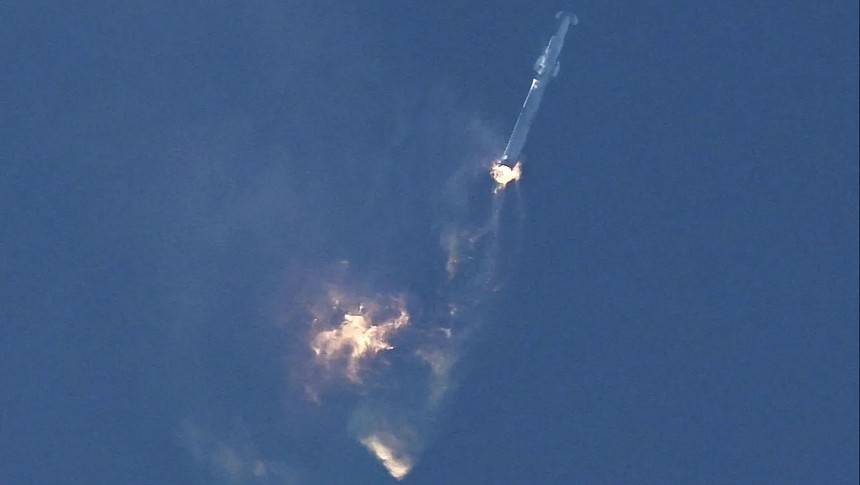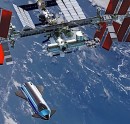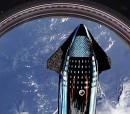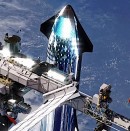Perhaps no other entity in the world was more eager to learn why SpaceX's first test flight of Starship ended with a tremendous explosion than the Federal Aviation Administration. That's right, the same governing body that keeps civil airliners from breaking up mid-flight due to shoddy maintenance had a vested interest in Starship going kaboom this past April. After five long months of rigorous investigations and meticulous study of the key moments before and after launch, the FAA announced their final report on the matter in an official press release on September 8th.
In their report, the FAA cited several different factors that directly contributed to the first test-worthy Starship vehicle to turn into a fireworks display. Thankfully, no human souls were aboard when this took place. Flaw remediation strategies recommended by the FAA were broken down into 63 separate actions the organization says are vital to Starship receiving the all-important green light to begin flight testing once again. Many of these recommendations target flaws in the spacecraft's Autonomous Flight Safety System, as well as flight orientation controls, which failed to keep Starship pointed upright before the order for self-destruction was given by SpaceX mission control.
For now, the FAA is adamant that the conclusion of its investigation does not translate to Starship being cleared to return to flight testing any time soon. The Elon Musk-headed space company will need to prove ready and willing to implement all of the FAA's recommendations in a timely and efficient manner before another Starship has a hope of mounting a SpaceX launch pad in Boca Chica, Texas, any time soon. For the foreign and domestic space agencies, who currently maintain working relationships with SpaceX, this news could ultimately mean further delays in human-crewed space exploration, which was planned from the jump with Starship in mind.
Take NASA's Artemis III mission, for example. The mission is slated to be the first time humans return to the Moon since the 1970s and would need to be radically altered should Starship's Human Landing System (HLS) variant not be flight-certified in time for a scheduled launch sometime in 2025. In the event of such an event and with no viable lunar lander vehicle alternative to replace it, NASA would have no choice but to scrap the lunar landing portion of the mission. In its place, the first human-crewed visit to NASA's Gateway lunar space station would become the primary focus of the Artemis III mission.
What this would mean for the future of human-crewed exploration of the Moon's surface is unknown. However, what's more clear is that Artemis III's successful mission, Artemis IV, isn't due to launch until September 2028 at the absolute earliest. Will Elon Musk's snafu delay boots on the lunar surface until the 2030s? Only time will tell.
For now, the FAA is adamant that the conclusion of its investigation does not translate to Starship being cleared to return to flight testing any time soon. The Elon Musk-headed space company will need to prove ready and willing to implement all of the FAA's recommendations in a timely and efficient manner before another Starship has a hope of mounting a SpaceX launch pad in Boca Chica, Texas, any time soon. For the foreign and domestic space agencies, who currently maintain working relationships with SpaceX, this news could ultimately mean further delays in human-crewed space exploration, which was planned from the jump with Starship in mind.
Take NASA's Artemis III mission, for example. The mission is slated to be the first time humans return to the Moon since the 1970s and would need to be radically altered should Starship's Human Landing System (HLS) variant not be flight-certified in time for a scheduled launch sometime in 2025. In the event of such an event and with no viable lunar lander vehicle alternative to replace it, NASA would have no choice but to scrap the lunar landing portion of the mission. In its place, the first human-crewed visit to NASA's Gateway lunar space station would become the primary focus of the Artemis III mission.
What this would mean for the future of human-crewed exploration of the Moon's surface is unknown. However, what's more clear is that Artemis III's successful mission, Artemis IV, isn't due to launch until September 2028 at the absolute earliest. Will Elon Musk's snafu delay boots on the lunar surface until the 2030s? Only time will tell.



















